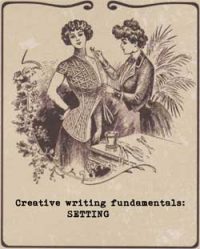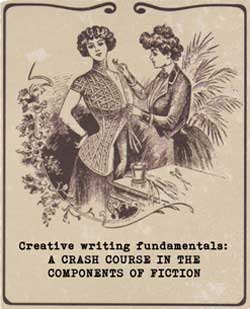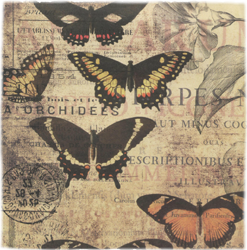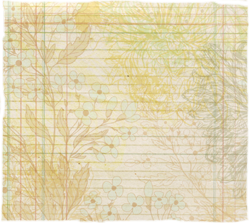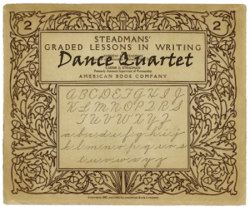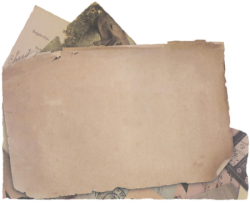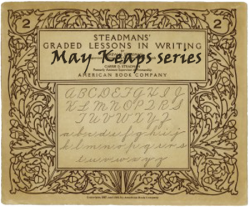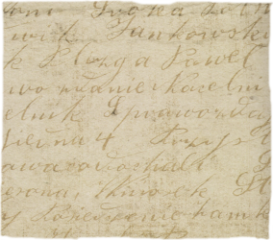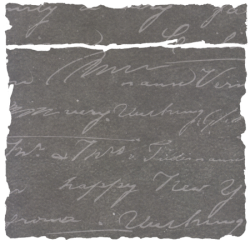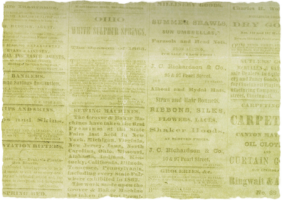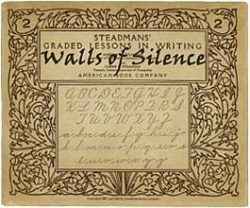Choose the setting to reflect the style of the story as well as the time/era in which it is set.
The setting should be shown vividly and with atmosphere. The aim is to promote emotion and connection on the part of the reader; for them to feel that they own the place.
Place is a character too. It sets the tone and atmosphere of the story – but remember that you can play with this and set a conventional story in an usual setting or visa versa. A love story in a recycling facility or a crime novel set amongst supermarket checkouts would be examples of using the setting to play with readers’ expectations. But if you do this they will pay particular attention to the descriptions because they won’t expect them so make them work for you, not against you.
Use vivid imagery in sparse description. The aim is to show the place to the reader, not show off how well you can write.
Using the senses is a good way to convey the atmosphere and feel of a place – particularly the less obvious such as smell or taste.
You can find more on the skills & craft of writing
structure
theme
material
dialogue
narrative & voice
motivation
revision & rewriting
characters
plot
endings
beginnings
the novel
short stories
What some other writers have to say about creating memorable settings:
Nothing can happen nowhere. The locale of the happening always colours the happening and often, to a degree, shapes it.
Elizabeth Bowen
An original author always invents an original world, and if a character or action fits into the pattern of that world, then we experience the pleasurable shock of artistic truth.
Nabokov
If you get the landscape right, the story will come from the landscape.
Annie Proulx
Never write about a place until you are away from it, because it gives you perspective.
Hemingway
In ‘setting a scene’ the novelist directs, or attempts to direct, the readers’ visual imagination. He must allow for the fact that the readers’ memories will not correspond with his own. Or, as least, not at all far along the way.
Elizabeth Bowen






